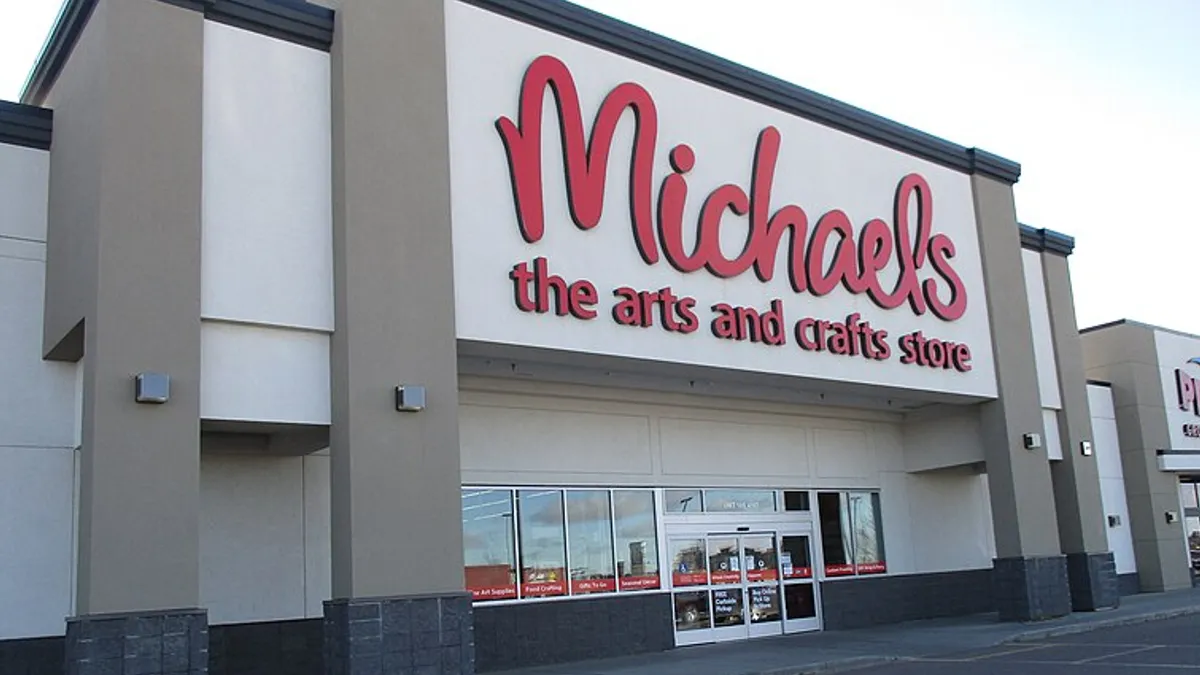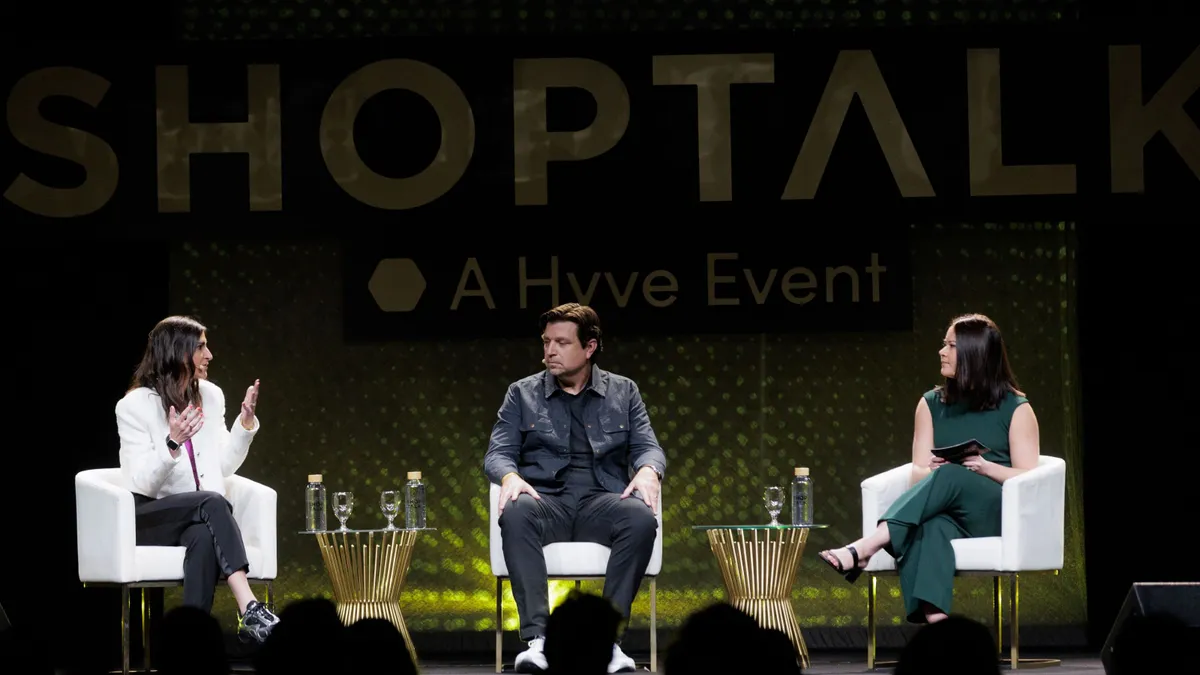With the news that Burberry would radically alter the way it shows and sells new designs starting with the fall fashion shows this year, a major fault line in the luxury space seemed to emerge.
Burberry is not just the latest, but also the largest, to disregard high-end fashion tradition in a nod to consumer demand. But while the British luxury brand may be the most high-profile to make such a change, the likes of Tom Ford, Michael Kors, Thakoon Panichgul, and Rebecca Minkoff have also drastically reduced the time they take to bring designs to market after their fashion shows.
The alterations to this longstanding tradition come at a time when luxury retailers are struggling somewhat. The reasons are complex and diverse, from the strong dollar to self-inflicted wounds, like Coach’s dilution of its brand through discounts and outlet sales.
While some of these changes seem obvious and a long time coming, they're actually untested. And even if they're successful, it will likely take a major overhaul of supply chains that in some ways serve the particular needs of high-end fashion, but in others are simply outmoded.
Perhaps most importantly, they signify an acknowledgement that consumers, even in the rarified world of luxury retail, are in control.
It’s about time
In exploring why so many brands are abandoning the usual six month or so wait between runway and retail, many experts say that the consumer just doesn’t want to wait. The waiting that increasingly seems passé essentially comes in two forms: first, waiting to be able to wear designs that had been unveiled months ago, and, second, encountering designs out of season.
“Customers don’t see fashion through the lens of fall or spring, and the whole idea of a season is becoming antiquated,” Ken Downing, SVP and fashion director at Neiman Marcus, told Women’s Wear Daily.
And while Downing also told Women’s Wear Daily that it’s difficult to keep customers’ attention for so many months, Shelley E. Kohan, VP of retail consulting at store analytics firm RetailNext, notes that some of that fatigue could also come from the fact that fast-fashion retailers have been selling knock-off versions for months before the real deal is available.
Kohan notes that some luxury brands, in particular Burberry, are beloved by millennials, more of whom increasingly have the cash to afford them. But, with that age and extra cash will not come patience, with very few shaking their expectations of immediate availability.
“Customers want it now,” Kohan told Retail Dive. “There’s an emotional immediacy attached to that.”
Indeed, says Chris Paradysz, founder and CEO of digital marketing agency PM Digital, having to wait months for access to goods that cost more makes little sense to anyone, including a consumer who could, say, plan a trip via private plane on a moment’s notice.
It’s about space
A number of brands also noted that globalization has helped dilute the sense of seasons. During a fashion show for spring, for example, it may be literally the opposite season for some customers.
Globalization is forcing high-fashion to change in many ways, from incorporating fabrics and designs from many areas of the world to including more diverse models. But the “season” and “pre-season” and mini-season (think “cruisewear”) approach meant to meet a jet-setting shopper’s lifestyle may be giving way to less rigidly defined capsule collections. Such smaller collections can enable a brand to mesh its messaging and editorial with its logistical needs, in order to get their goods to their customers when they’re wanted, without regard to traditional seasonal bounds.
Upscale brands have sold accessories and perfumes online—and through less upscale department stores for that matter—for quite a while. But the increase in e-commerce and the breakdown of the fashion calendar have introduced a host of logistical challenges, according to a report from McKinsey & Co. this summer.
The need for 'perfect things'
Web sales have grown from 2% of overall luxury sales in 2009 to 6% in 2014, according to the report. And with LVMH Moët Hennessy, Louis Vuitton, Fendi, and Chanel among those launching online sales, and Tom Ford recently joining Net-a-Porter’s stable of brands, e-commerce sales could make up to 18% of luxury sales by 2025.
Luxury retailers are behind in technology and have security concerns when it comes to shipping because of the high-dollar value of their goods. They also often have much less inventory of any one release, and that small amount could be scattered at stores or warehouses worldwide.
In addition to the need for heightened security, luxury customers expect their items to arrive in premium, carefully prepared packages. And when it comes to clothing, manufacturing cannot be rushed the way it is with lower-quality fast fashion. All of this requires specialized logistics, Nathalie Remy, head of McKinsey & Co.’s fashion and luxury practice and the report’s author, told the Wall Street Journal.
So, as e-commerce in luxury escalates, and if the fashion calendar continues to morph, retailers will have to work with suppliers and manufactures to speed things up without losing quality.
“They started later and they are catching up,” Remy said. But there’s “a very high bar in terms of experience—[luxury customers] want perfect things.”
The force of e-commerce
Luxury brands until lately have stuck to a fairly strict calendar for their spring and fall collections—and they’ve also resisted selling online. The fear has been (in addition to the logistical hurdles) that speeding up availability and opening accessibility online could deteriorate the sense of that something is worth more because it’s exclusive, hard-to-obtain, and found only in certain places, on certain streets, in certain cities.
“Luxury brands have been absolutely brilliant in creating this illusion that luxury gives you something that non-luxury can’t,” Paradysz says. “It’s based on what’s important to you … texture, emotion. They’ve done a fabulous job with that and that’s what they fear—brand erosion and margin erosion.”
But they haven’t resisted marketing online, and have embraced social media. That makes sense: Luxury has always made editorial content a priority. Photography and text in print has long been a way for high-end brands to do much more than show a product, and actually create an ethos and tell a story. It’s about emotion and a sense of exclusivity.
But, in venturing into social media, luxury brands along the way seem to have discovered that, unlike when their content is printed in the pages of a magazine, they are also making a direct connection to their customers.
Indeed, Christopher Bailey, Burberry’s chief creative officer and CEO, told Women’s Wear Daily that the changes there are about the consumer.
“The changes we are making will allow us to build a closer connection between the experience that we create with our runway shows and the moment when people can physically explore the collections for themselves,” he said.
Still, says Paradysz, luxury brands will likely continue to be dependent on their stores to help them differentiate themselves because luxury shoppers encounter such a particular, personalized form of attention in stores. But he also said that e-commerce and digital marketing are more conducive to luxury brands than many brands realize.
“That’s the digital enabler, including the store side, it’s impossible to separate,” he said. “But you can still make it exclusive, you can still curate that experience. It can be a luxurious, exclusive experience.”





















